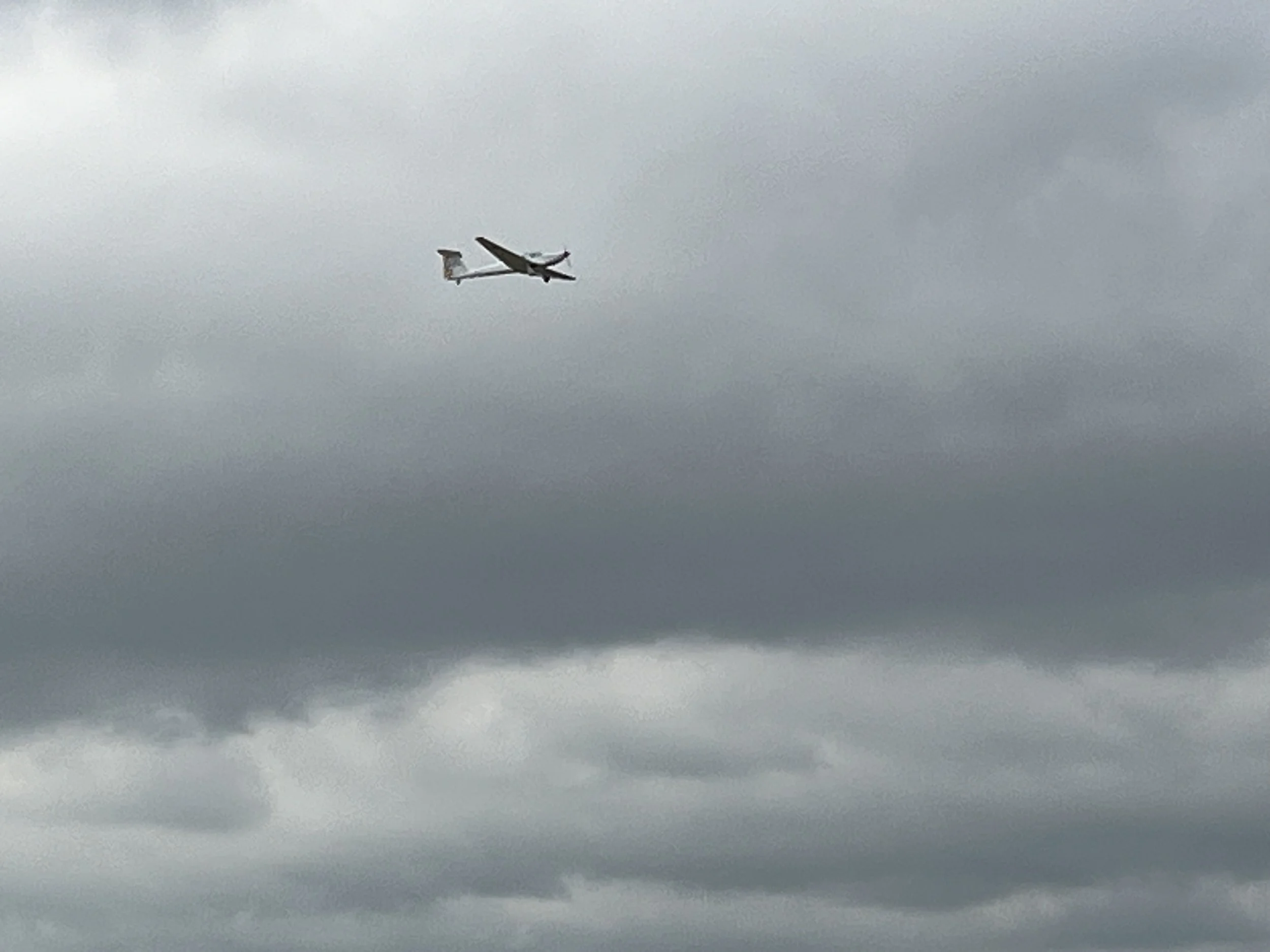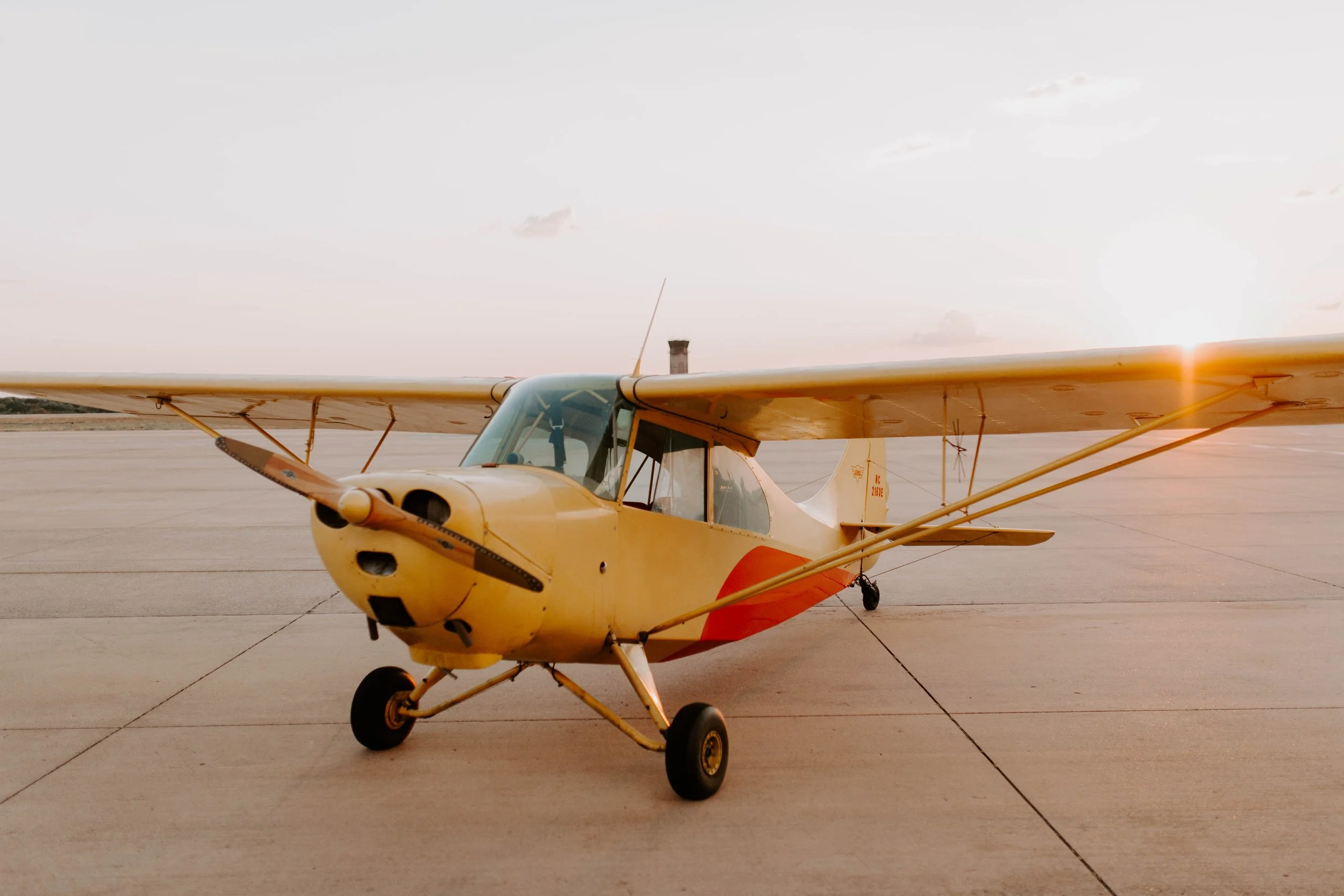
Airmanship Course
PARRISH AIRMANSHIP COURSE
Setting the bar higher for the flight training industry.
Whether you have never flown before, are a CFI applicant, or an airline captain, this course is for you.
If you are enrolled in our Career Pilot or Private Pilot courses, this is already included in your training.
For novice pilots, this will safely reduce your time-to-solo. For experienced pilots, this will challenge you!
Course Details
Ground/Simulator
Novice Pilots
1. ATC Communications Ground Lesson
2. Traffic Pattern Simulator Lesson
Experienced Pilots (Private to ATP)
1. Mock Oral/Flight Review Ground; Challenging for the certificate level of the pilot.
2. IFR Simulator Gauntlet; Pushes the pilot to their limit, wherever that is.
Glider - Energy Management
Novice Pilots
1. Traffic pattern - no spoilers
2. Traffic pattern - spoilers
3. Traffic pattern - emergencies
Experienced Pilots (Private to ATP)
1. Glider normal landings
2. Rope break at 300 ft and abbreviated pattern landings
3. XC soaring and emergencies
Tailwheel - Ground Control
Novice Pilots
1. Traffic pattern - 3-point
2. Traffic pattern - wheel landings
Experienced Pilots (Private to ATP)
1. Traffic pattern - 3-point
2. Traffic pattern - wheel landings
No matter how much tailwheel time someone has, we can make these flights quite challenging for any level.
UPRT - Upset Recovery Training
Novice Pilots
1. Dutch rolls, slow flight with substantial distractions, stall with no recovery input, turning stalls, accelerated stall, incipient spins, unusual attitude, falling leaf, power-off-180 landing
Experienced Pilots (Private to ATP)
1. CFI spin endorsement
or
2. Advanced UPRT; Accelerated, flat, precision spins, spin recovery under foggles,
Required Homework Before First Lesson
Novice Pilot:
Memorize Phonetic Alphabet (click here for a pdf)
Read FAA AFH ch. 8 (click here for a pdf)
Experienced Pilot (and motivated novice pilot):
Read Advisory Circular 61-67C (click here for a pdf)
Read Glider Flying Handbook ch. 10 (click here for a pdf)
The content is tailored to the experience and needs of the student.
For a novice student pilot for example, the UPRT will focus on prevention. Whereas for an experienced pilot, UPRT will include flat, accelerated, & precision spins, spin recovery under foggles, and more.
While the focus of this course is not on endorsements, it is possible to get your tailwheel, glider self-launch, and/or CFI Spin endorsement. The tailwheel endorsement will likely require more than the 3 tailwheel flights if you have little or no tailwheel experience.
Click below to enroll or learn more!
Watch this video to learn more about the vision behind the airmanship course!
The airmanship course was birthed out of a vision for a higher level of flight training. Jack Parrish began to think when his first son was born, what kind of training would I give someone to make them the safest/most proficient pilot possible?
Jack identified 5 areas where pilots are exposed to risk that, if mitigated, would lead to a minimal overall risk exposure from the “human factors” perspective.
Unintentional Stall/Spin Upset
Ground Control
Energy Management
ATC Communication
Emergency Procedures
The reality is, the FAA minimum standards should not be the highest level that a pilot is trained to. That is not the point of the FAA requirements. If it was, there would be no fatalities due to human factors each year. We ought to train every pilot the way we would train our own child so that their training can protect them like a safety net every time they take to the sky.
While we are currently the only flight school in the world (that we have seen) doing an airmanship program like this, we hope to make it the new standard in the industry.




